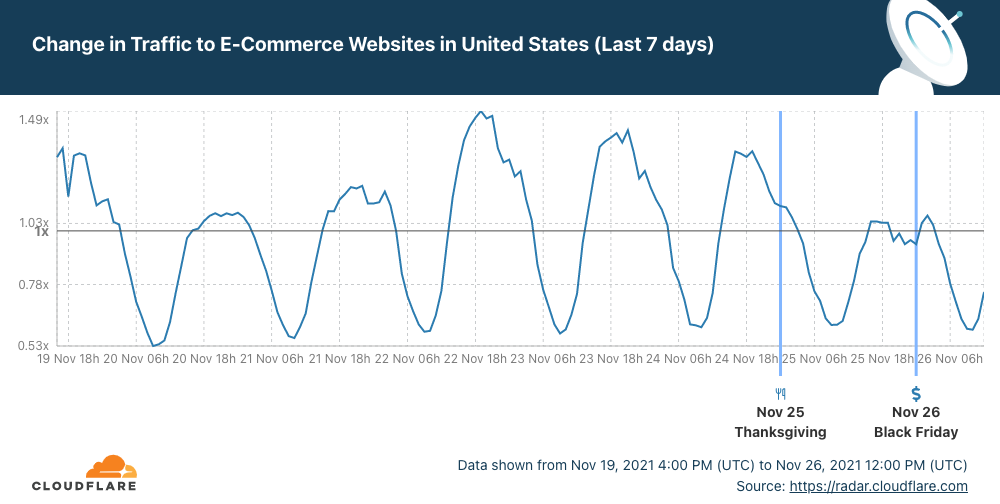SmartNICs set to infiltrate enterprise network, security worlds
Enterprise infrastructure that supports data center, cloud and edge networks could someday be dominated by one of its tiniest components--the smartNIC or data processing unit (DPU).Use of smartNICs in the enterprise is still evolvinging, but the idea behind them--offloading server CPU duties onto a separate device to free up server cycles--is not new. Specialized hardware accelerators such as graphics processing units (GPU), field-programmable gate arrays (FPGA), and focused NICs have offloaded CPU workloads in telco, financial, and scientific application processing. NaaS is the future but it's got challenges Looking ahead, users and vendors see a way to reduce enterprise costs, improve performance and increase security with smartNICs.To read this article in full, please click here



